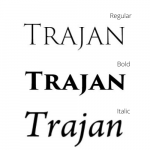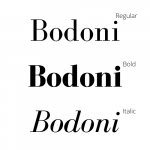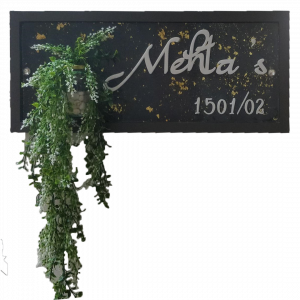Summary

Article Name
Guide to choose a perfect nameplate for your home
Description
Choosing a nameplate can get overwhelming. Here we have a perfect guide to help you choose the right nameplate.
Author
Nehal V
Publisher Name
Creatif Citta
Publisher Logo








